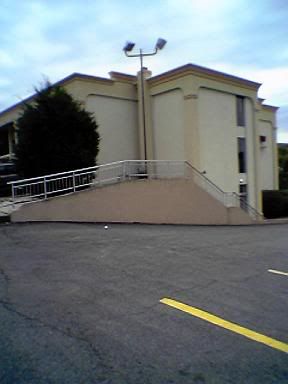californiagrown
Active member
but if the snow makes your decceleration time go from .001 to .002 then you just halved the force.
regardless, an inch of snow is too soft, and too thin to really help much of anything. thats why you see people build a pile of snow 8+iches and try to pack it down, to make it at least a little resistive.
regardless, an inch of snow is too soft, and too thin to really help much of anything. thats why you see people build a pile of snow 8+iches and try to pack it down, to make it at least a little resistive.
